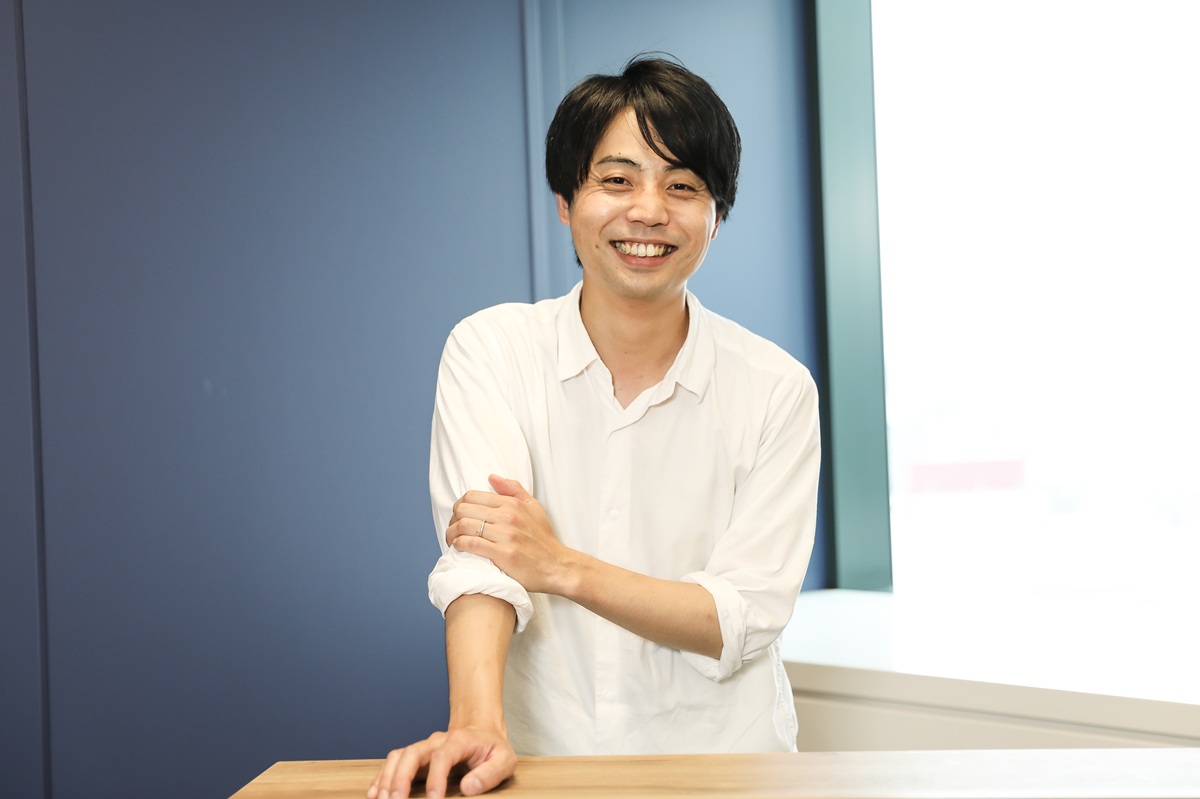How thinking differently creates a new path for innovation
Fujitsu / July 19, 2022
The organizations that can innovate are those that are able to differentiate, open new markets, solve more problems, win more business, and create new value, both up and down the supply chain and beyond, bringing benefits to society as a whole. But the path to innovation isn’t without its challenges. This blog aims to help you get on the right track. The key? It’s in your data.
The path to innovation
We can’t predict the future. But with advancing tools and technology, the huge increase in data, pressure to stay one step ahead of competitors, and the constant curiosity of the human, we can predict that nimble, data-led organizations will continue to disrupt industries and take market share from inflexible incumbents.
Business leaders cannot assume the products, services, and business models that perform well today, will perform well tomorrow. Emerging technology and innovative thinking can turn industries upside down in months.
Therefore, it’s critical to develop the capacity for agility and innovation, giving you the ability to handle the challenges of the future with confidence, speed, and success.
Innovation is what helps you outsmart competitors, disrupt markets, and create new, sustainable value. To fuel innovation, you need to start thinking differently. About external threats and opportunities, about internal processes, about your customers, and how you could solve their problems. And the key lies in your data.
When the right data is available, usable, accurate, and connected across your organization, then every employee can access the intelligence to support decision making, predict outcomes, and ignite ideas.
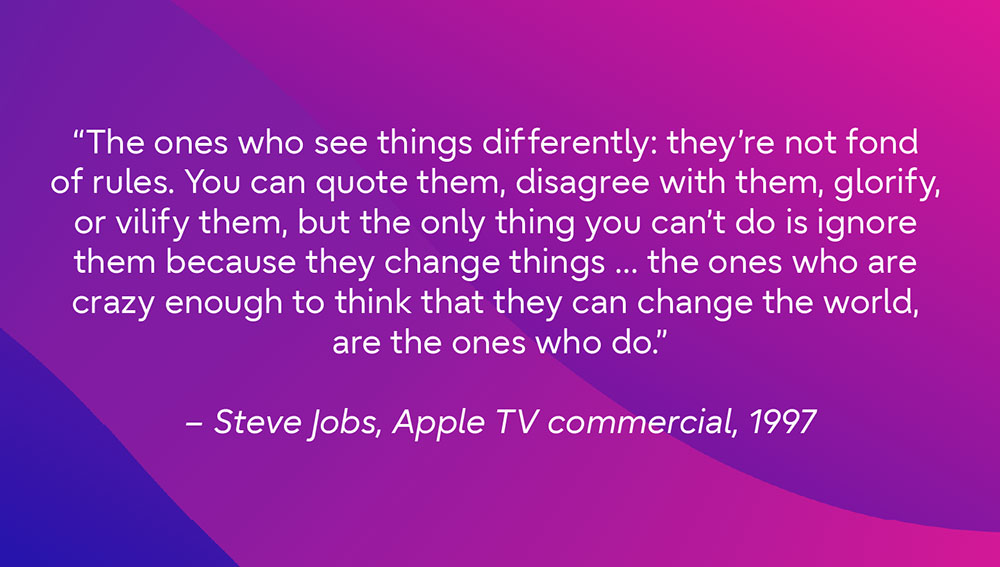
Look at today’s most successful organizations and you will see patterns of continuous innovation.
Risks of failing to change
Remodelling your infrastructure and culture for a future of innovation isn’t a ‘nice to have’, it’s mission critical. We don’t need to look far to find examples of successful companies that failed to innovate – and paid for it.
The British retailer Debenhams, founded in 1778 and once with hundreds of stores around the UK,1 failed to modernize and was put into administration in 2021, before being bought by online retailer Boohoo (founded in 2006). And Topshop, one of the British high street’s most iconic brands, with 500+ shops worldwide and 50+ years’ heritage,2 was bought out by online retailer ASOS in 2021,3 and now operates exclusively online. Just two examples of young, disruptive brands not only beating, but buying, the traditional big hitters.
Today, thinking differently wins.
1 BBC.com, Debenhams: Over 200 years of history, 2020, https://www.bbc.co.uk/news/in-pictures-55147787
2 Article in The Guardian, 2021, https://www.theguardian.com/business/2021/feb/13/after-topshop-owner-arcadia-demise-what-now-for-uk-clothes-shopping
3 CNBC.com, Britain’s Boohoo buys Debenhams brand while ASOS moves for Topshop, 2021, https://www.cnbc.com/2021/01/25/britains-boohoo-buys-debenhams-brand-for-55-million.html
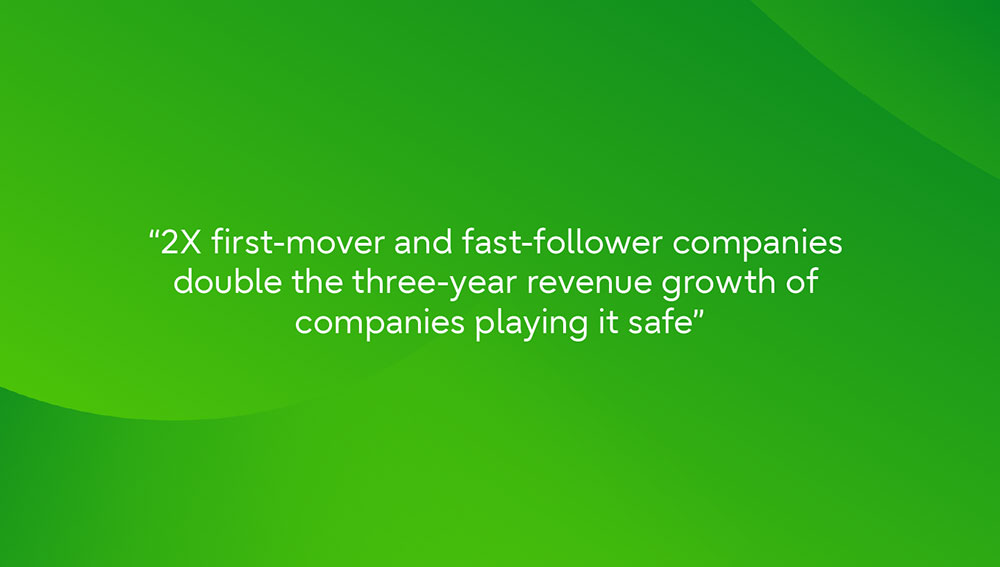
McKinsey research shows the financial benefits of moving fast to create new value before your competitors.
Creating opportunity from your data
For businesses that can create differentiation through innovation, this can mean increased market share, the ability to offer more value up and down the supply chain, and even creating entirely new markets with new customers. Think digital banks, think autonomous vehicles, think wearable health monitors.
You can create an environment for innovation by democratizing and unlocking the value hidden in your data. Here at Fujitsu, we believe that this can be achieved with three initiatives:
・Ensure data integrity and readiness
・Drive intelligence through insight
・Innovate for new value
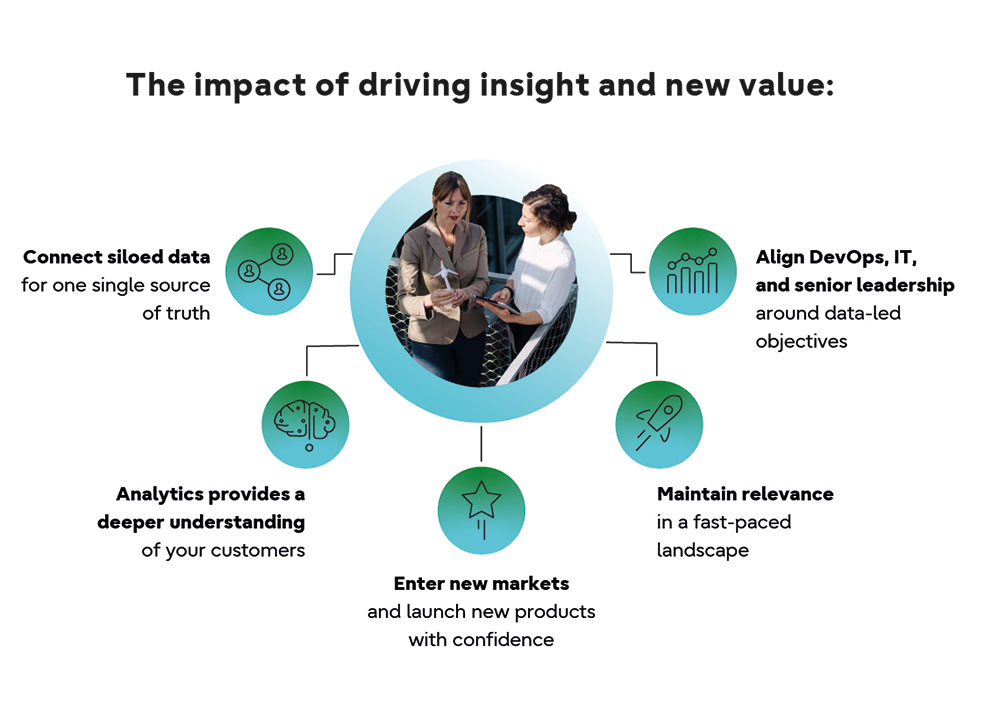
The advantages for modern organizations of using data to generate insight and create new value.
With different sets of data being collected by different business functions, it sits in silos, unstandardized with potential gaps and anomalies, and not readily usable. In the same organizations there can also be a lack of data advocates, even data literacy, and in many cases, a lack of alignment between IT, senior leadership, and lines of business in terms of a data strategy, or who is responsible for it.
Data integrity and readiness is about making data visible, understood, and usable as a source of insight. You must ensure that it’s collected correctly, arrives in a central location in a standardized format, is stored with the proper governance, and is accessible and usable by technical and non-technical employees alike.
Insight is achieved when your data is usable as a source of intelligence to inform decisions, analyse the status quo, identify opportunities, and predict outcomes. Insight is where the excitement begins and where ideas are born. The ability to apply cognitive models and utilise machine learning, deep learning, and natural language processing techniques is key. Being able to model the analysis ready data is a must.
Innovation for new value happens when those ideas come to fruition, backed by new technologies, for the benefit of your business, your customers, and society as a whole. When your data is trusted, available, and analytics ready it is only then you can do ‘on-the-fly’ analysis and scenario modelling quickly and efficiently using the best in breed tools. It’s why it’s imperative that your data is recognized at the highest level as a key corporate asset. Only with C-suite support can your organization achieve the cultural and technological change to democratize data, create data champions, and seize opportunities.
Human-centric technology design is at the heart of innovation. If you can configure and optimize your IT infrastructure so it complements the needs and skills of your employees – so it’s easy to innovate with – you’ll unleash more creativity and more disruptive ideas.
The cultural challenge
We get stuck in patterns of ways of thinking and acting. Patterns are efficient, safe, and predictable, at home and at your workplace; this behaviour is usually beneficial and completely natural. So, thinking differently is hard to do. That’s why award-winning creative agencies are paid so handsomely.
Thinking differently also carries risk, and in certain environments the risk outweighs the benefits. In the workplace, people can feel the risk of thinking differently is to their careers and security. Yet new ideas come from anywhere and there are people across your organization having them every day. That’s why change needs to come from the very top. A C-suite that recognizes data as a valuable corporate asset assures the rest of the company that this is the new direction, empowering them to have and share disruptive ideas, to test, and to fail fast. This is also the most effective way for your people and your organization to learn.
You need to set up your organization to allow innovation and creativity to flourish. Increase data literacy and give people ownership. Culture is critical, and it must empower people to challenge the status quo and see risk as a route to reward rather than redundancy. And your digital infrastructure and tools need to be built with a human-centric design approach that removes all roadblocks and makes experimentation easy. After all, you can only be successful through your people. Never forget that being data driven requires people, process, culture, and data and technology.
Dare to be different
Emerging technologies like AI, digital twin, automation, and quantum optimization, are re-defining the limits of human invention. It’s an exciting time, and ha bright future, for those organizations that can harness these tools to release their employees for higher value work. Our work with MELCO Investments, applying quantum-inspired optimization solutions to finance, is one example.
To embrace the challenge, many organizations are seeking partnerships to bring in the expertise and experience they lack. Collaboration and co-creation necessarily involve fresh perspectives, and by working with third parties you bring new ideas into your organization, like the algorithm co-designed by Macquarie University and Fujitsu, which is saving lives today.
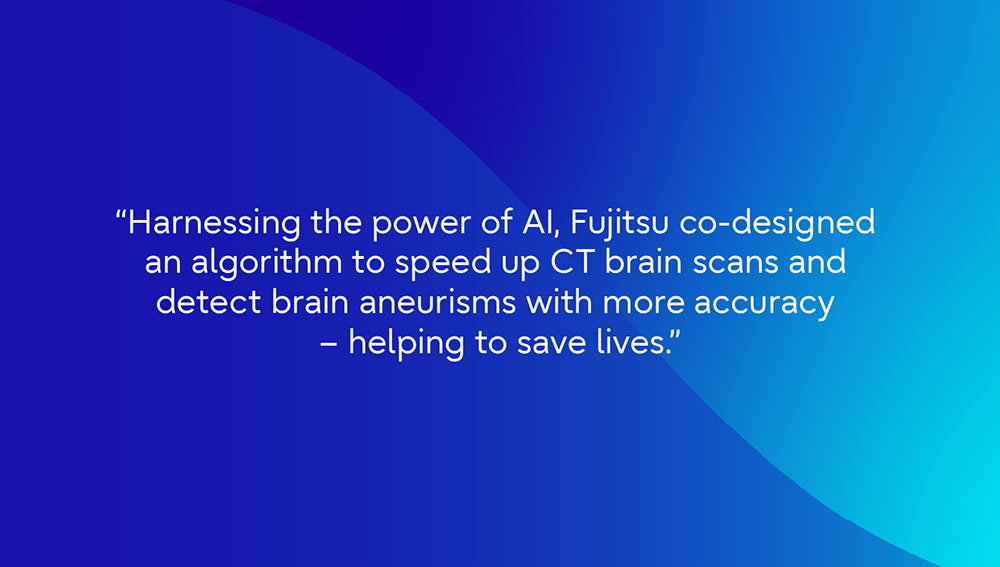
Fujitsu worked with Macquarie University to break new ground in medicine with the application of advanced technology.
Fujitsu employs an advisory consultative led approach to working with our customers. We work closely with your employees to understand your business’s needs and objectives, helping you identify new business opportunities. And, with access to the latest emerging technologies, we co-create as-yet unimagined services, products, or applications based on human-centric experience design. So that you can bring the best innovation to your organization.
Working with Fujitsu, you can solve your sector-specific challenges – and create new value – by utilizing our knowledge, co-creation experience, and industry expertise.
So if you are interested in driving insight and new value at your organization, get in touch through the links below.
Visit: www.fujitsu.com/global/services/ao

Editor's Picks









